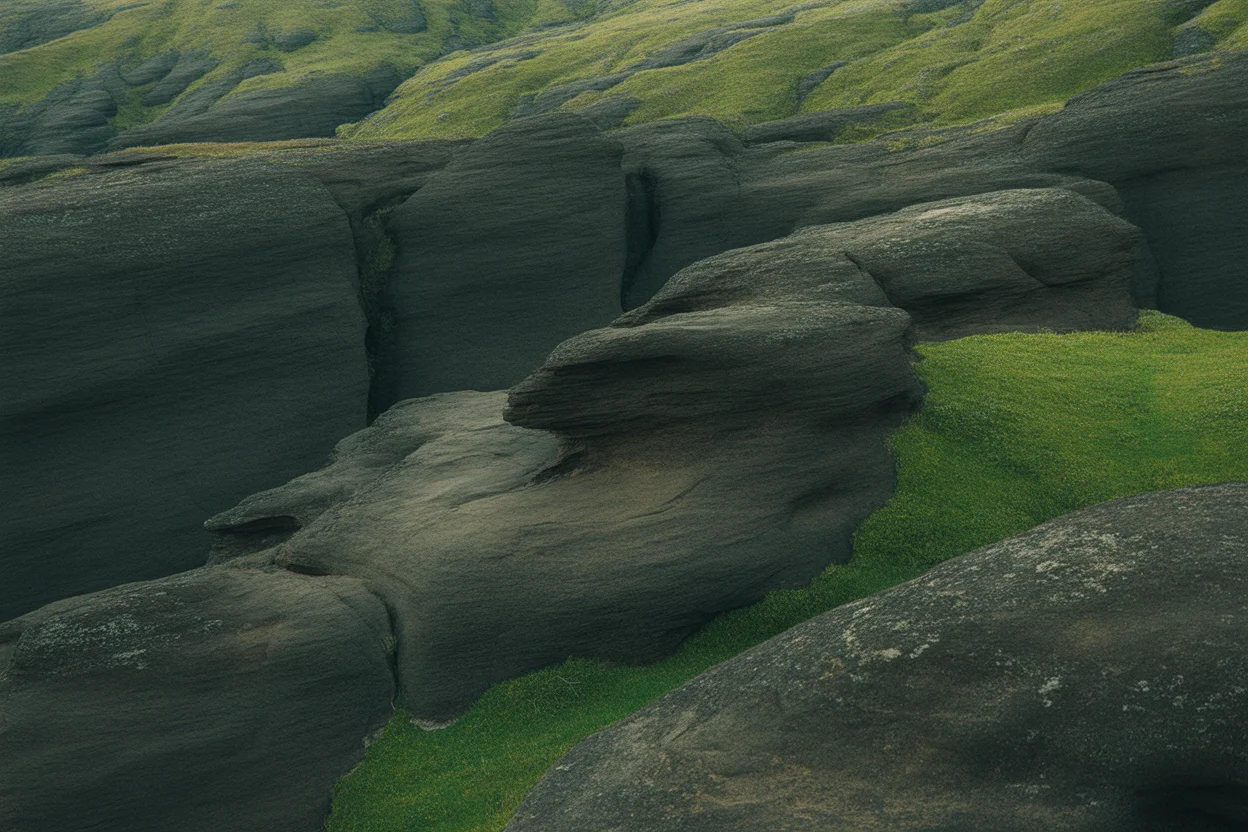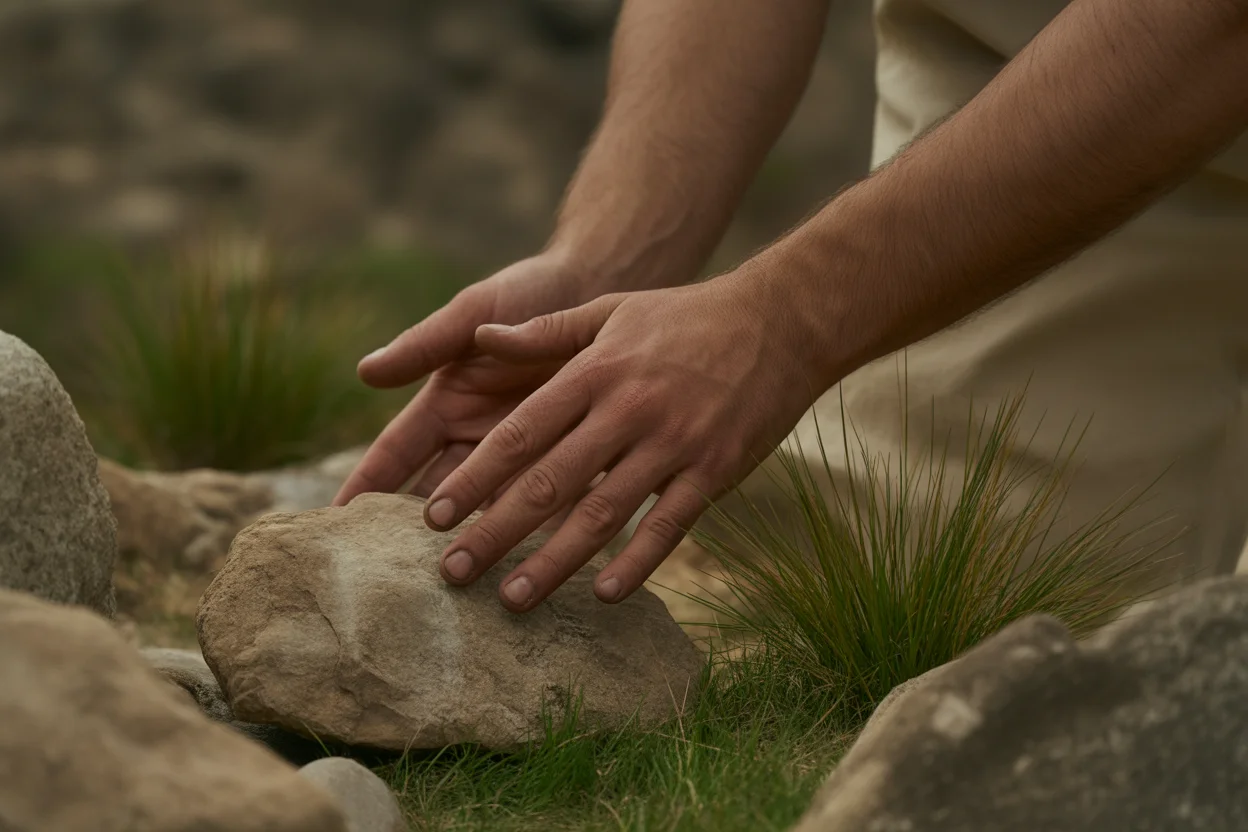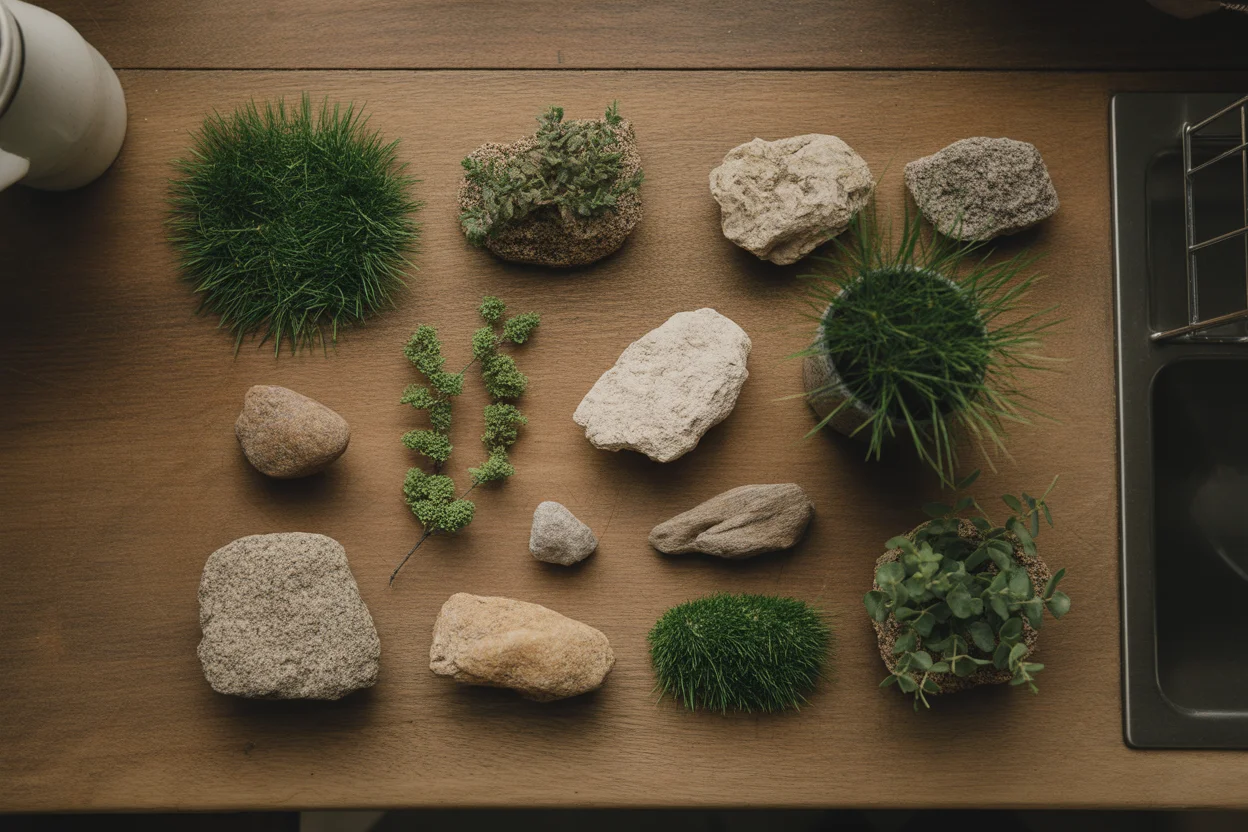Water weathering sneaks up on you sometimes, right? You’re hiking along a rocky creek or maybe gazing at that old stone wall in your neighborhood, and—have you ever noticed?—the edges look soft, almost like they’re melting. It’s not magic or a trick of the light. It’s water weathering, quietly shaping the world around us. If you’ve ever wondered about what turns rocks into dirt (or where those weird potholes in creek beds come from), you’re in the right place! Oh, before I forget—I once read about weathering and erosion in this great guide on natural landscape changes that puts the whole idea into perspective.

Biological weathering
Now, here’s something folks don’t always expect. When you think of weathering, probably the last thing on your mind is life—like plants or bugs. But, shoot, biological weathering is basically when living things, like roots or teeny-tiny critters, help break down rocks. (Yeah, plants can be bullies.)
Say you’ve got a little tree growing in a crack of a sidewalk or in between some big rocks on a mountain trail. Over time, those roots push and shove until they split the rock wider and wider. Sometimes, even just a wiggly worm or microbe burrowing through the dirt can help kick-start things.
The wild thing is, this doesn’t happen overnight. Roots grow slow, sometimes painfully slow, but they don’t give up. Just another reason I admire trees, you know? And hey, all this breaking down of rocks helps create soil—so good news for gardeners everywhere.
“I noticed cracks in my backyard stones and thought it was just bad luck. Turns out, it was plant roots at work. Nature’s impressive, right?”

Chemical weathering
Here comes the science-y bit, but let’s keep it simple. Chemical weathering is nature’s own kitchen experiment. It starts when water (yep, that old pal again) mixes with stuff like carbon dioxide, creating a weak acid. This acid slowly eats at certain rocks, like limestone, and changes their makeup.
Ever been in a cave? All those crazy formations—stalactites, stalagmites—total result of decades or centuries of chemical weathering. Rainwater absorbs gases, trickles down, and just ever-so-gently dissolves rocks, almost like sugar in sweet tea. The process is slow, but, wow, it sure shapes the scenery.
Another thing: colored rocks changing shade, like reddish iron, is water reacting with minerals (that’s why you get rusty-looking rocks sometimes). In my own yard, I’ve spotted pebbles that started gray but now show weird orange streaks. Sort of funky, but neat to see how chemistry is at play out in the wild, not just the lab.

Physical weathering
Physical weathering is for the action lovers. No acids, nothing fancy, just good ol’ brute force. When water weaves into cracks, freezes, then expands, that ice works like a wedge—and can split rocks wide open. You’ve seen it in winter, maybe when your driveway cracks just a tiny bit more each year.
Or how about when rain patters down, over and over, or a river wears away a rock’s sharp edges? That’s physical weathering on full display. Some folks call this mechanical weathering, but it’s the same deal. Even wind can help, lifting gritty sand and scraping against big old boulders.
My favorite is when pebbles in a creek roll, tumble, and smooth each other until they’re perfectly round. Nature’s way of making marbles, if you ask me. It all shows how water weathering and the elements get to work, every single day.
Comparison of different weathering processes
Alright, so where do these wacky weathering styles fit in together? Here’s a quick breakdown, kinda like those cooking hacks:
- Biological weathering: Powered by plants, roots, and little critters—breaks stuff down from the inside out.
- Chemical weathering: Involves water and sneaky acids, changing the rock’s makeup on a microscopic level.
- Physical weathering: All about force—water freezing, rivers rubbing, or wind blasting rocks apart.
Each of these isn’t working solo, though. They’re like teammates passing a baton in a relay race. Roots might start a crack, then water slides in, freezes, and boom—crack gets bigger. Sometimes chemical reactions make rocks weaker so physical weathering goes even faster. Wild how it all ties together, right?
Importance of weathering in the geological cycle
Best part? Weathering isn’t just about breaking things; it’s about making things, too. All that rock dust and soil forms the foundation for fields, forests, and, let’s be real, our gardens. Weathering feeds the geological cycle by moving materials downstream, setting the stage for new rocks or even supporting habitats for bugs and birds.
Without water weathering, the circle of life in geology just wouldn’t spin. Mountains might stay sharp forever, rivers wouldn’t have soft, sandy beds, and we probably wouldn’t have half the lovely landscapes we brag about on postcards.
Seriously, next time you see a patch of fresh soil—or a weirdly rounded rock—give a little nod to water weathering and the other weathering buddies. Without them, nature’s recipe would be missing its secret ingredient.
Common Questions
Is water weathering the same as erosion?
Nope, not quite! Water weathering breaks down rocks, but erosion actually moves those broken bits somewhere else.
Can I see water weathering happening?
Kinda. You can spot signs like rounded stones in rivers or cracks in sidewalks near trees, but the process is super slow.
Why do some rocks break down faster than others?
It’s all about what they’re made of. Softer rocks like limestone get eaten up easily, while hard rocks hang on longer!
What’s one way to protect stone buildings from water weathering?
Sealants help, plus keeping water away from cracks slows down the whole thing. Gotta keep those old buildings pretty.
Does weathering help plants grow?
Absolutely! Weathering breaks rocks into tiny bits, which mix with dead plants to make soil—perfect for roots.
Time To Watch Water Weathering In Action!
So, there you have it. Water weathering is this slow-motion, everyday magic shaping the world beneath our feet. Whether you spot it in your backyard or while checking out the next big hiking spot, it’s worth paying attention to. If curious, check out more about Biological weathering or dive deeper into the science of Weathering with National Geographic, and get the bigger picture with the park service’s Weathering – Erosion: Water, Wind & Weather (U.S. National Park …. It’s never a bad move getting closer to nature’s recipe book—and hey, you might start spotting signs of weathering everywhere. Go out, poke around, and share your own discoveries. I’d love to hear what you see!

